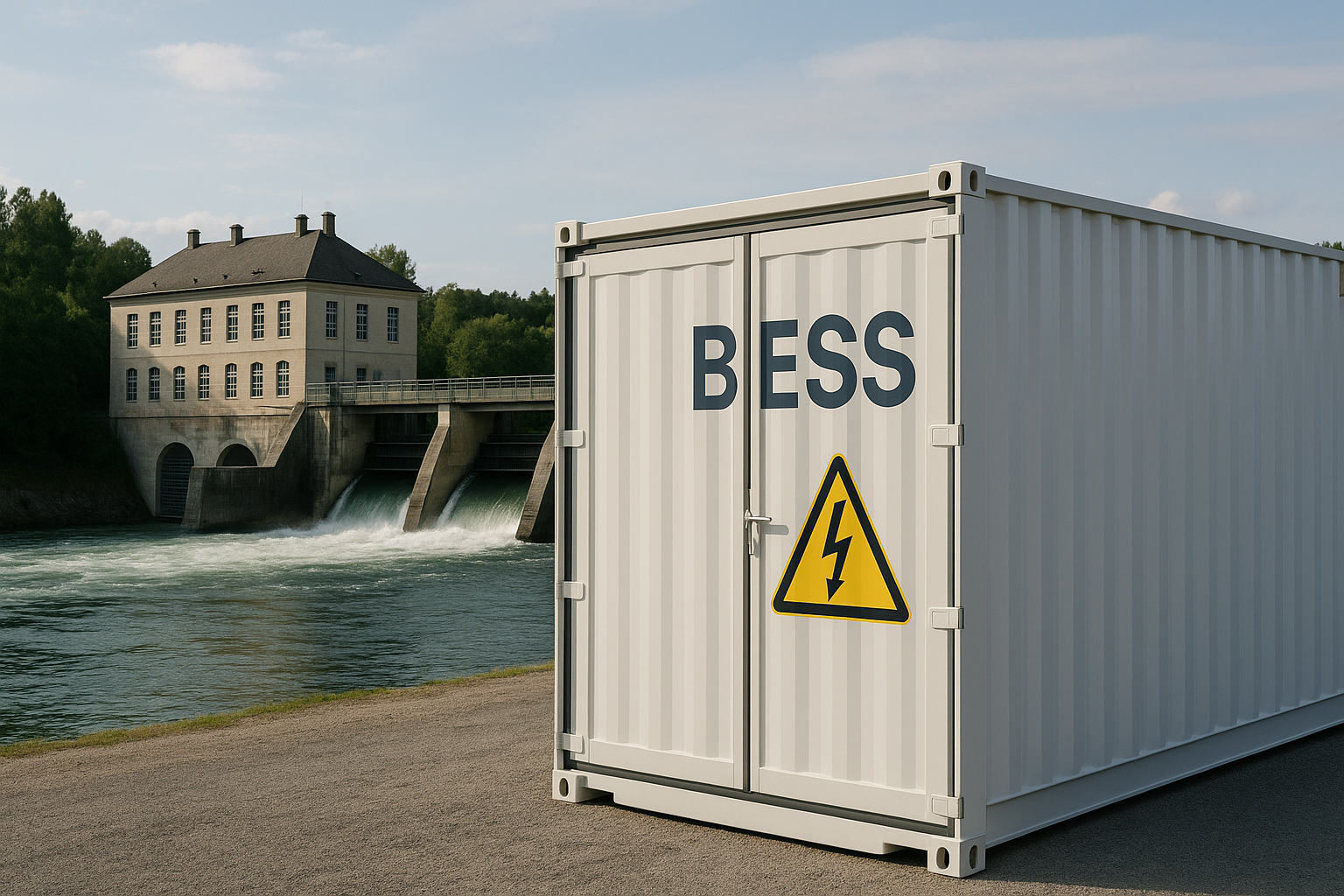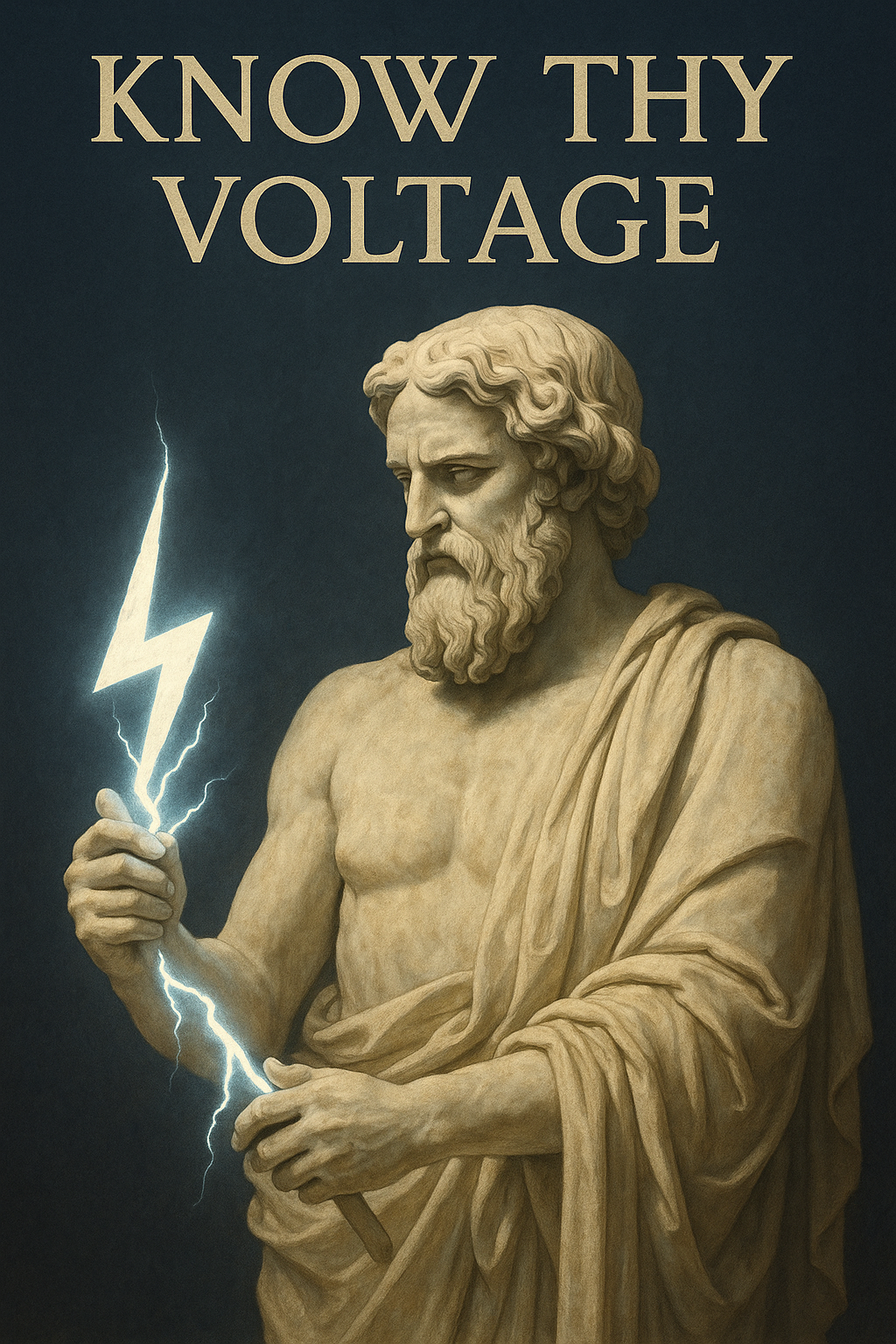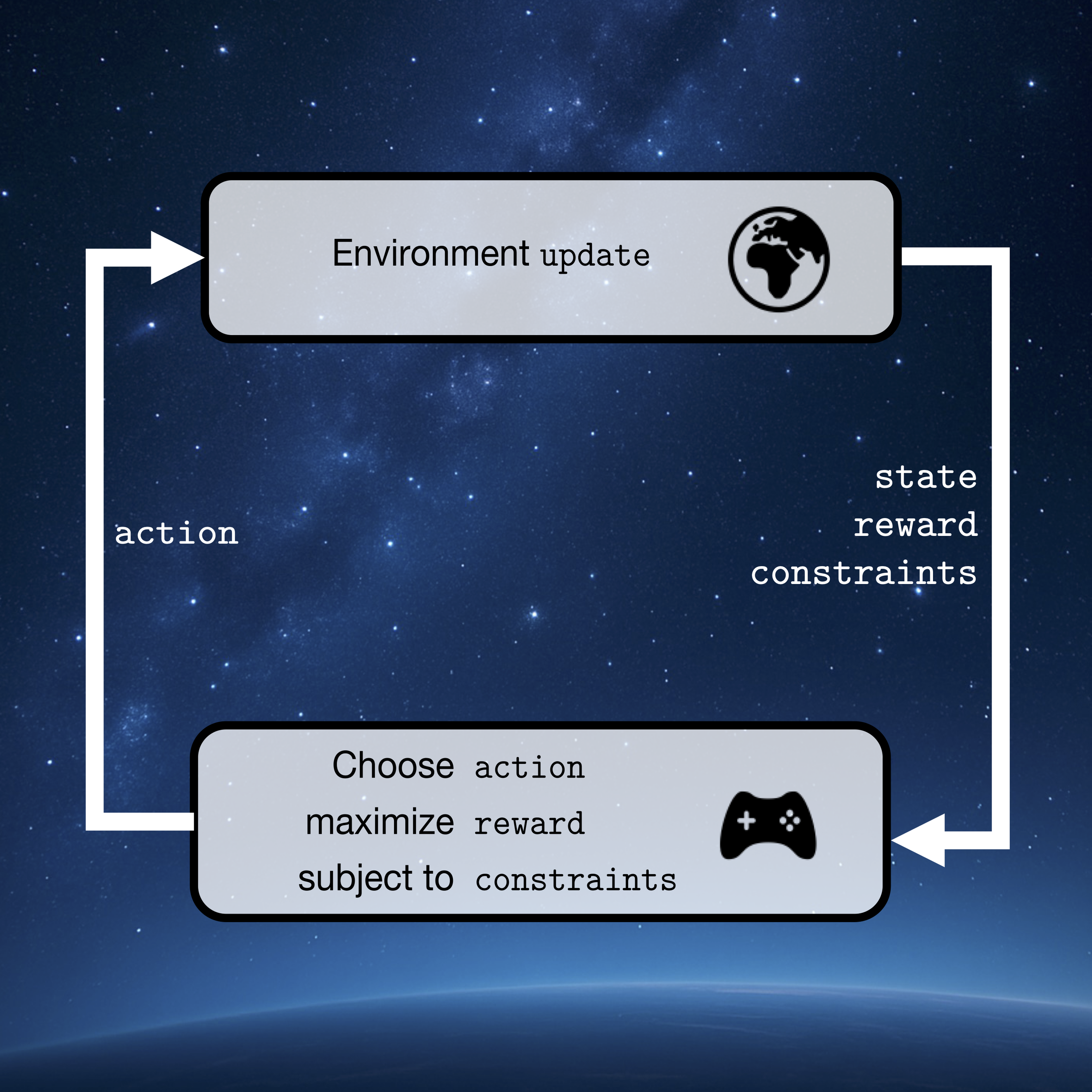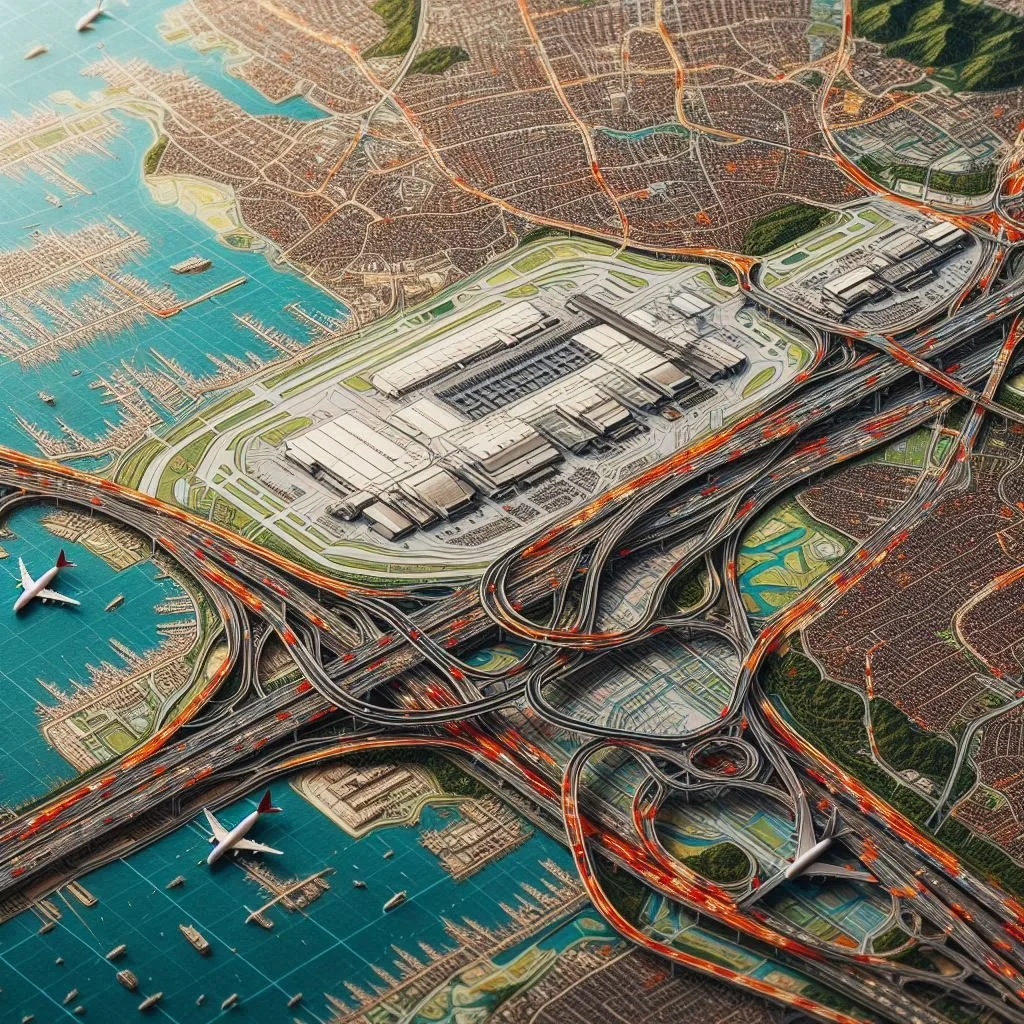No perfect solution
Balancing climate goals in battery-electric train design - by Seraina Wurster

The Swiss Federal Railways (SBB) network is nearly 100% electrified. However, in certain areas such as construction sites, depots, or sidings, no overhead power lines are available. Today, diesel locomotives are used to operate on these tracks.
To reach their net-zero target, SBB plan to replace many of these diesel-powered units with battery-electric alternatives.
Balancing factors like battery size and lifetime, investment costs, and new use cases, such as using locomotives for grid stabilization in emergencies, raises complex questions. Ecological goals must be weighed against technical and financial constraints. To support objective, data-driven decisions, we develop a tool that compares the total cost of ownership over a 25-year period.
Since many components are only available as standardized modules, full customization is not always possible. Rather than searching for a perfect theoretical solution, the analysis helps to identify the most practical and cost-effective configuration that meets real-world requirements.
It evaluates key cost drivers, including investment, operation, maintenance, and replacement costs, while making sure the fundamental technical requirements - delivering sufficient power to the wheels in all the locomotive ‘s use cases - are met.
The analysis provides a clear overview of key design choices and highlights the impact of different ideas. There is not that one perfect solution in approaching new locomotives, but the tool helps the stakeholders make the ideal trade-off.
Text by Seraina Wurster; picture by Müller Technologie AGCan batteries support Run-of-River power plants during periods of low electricity prices? - by Yannick Schüpbach
Using real-time sensors to detect early warning signs of power grid instability - by Ioannis Papadopoulos


















Extract georeferenced vehicle trajectories from drone videos - by Robert Fonod